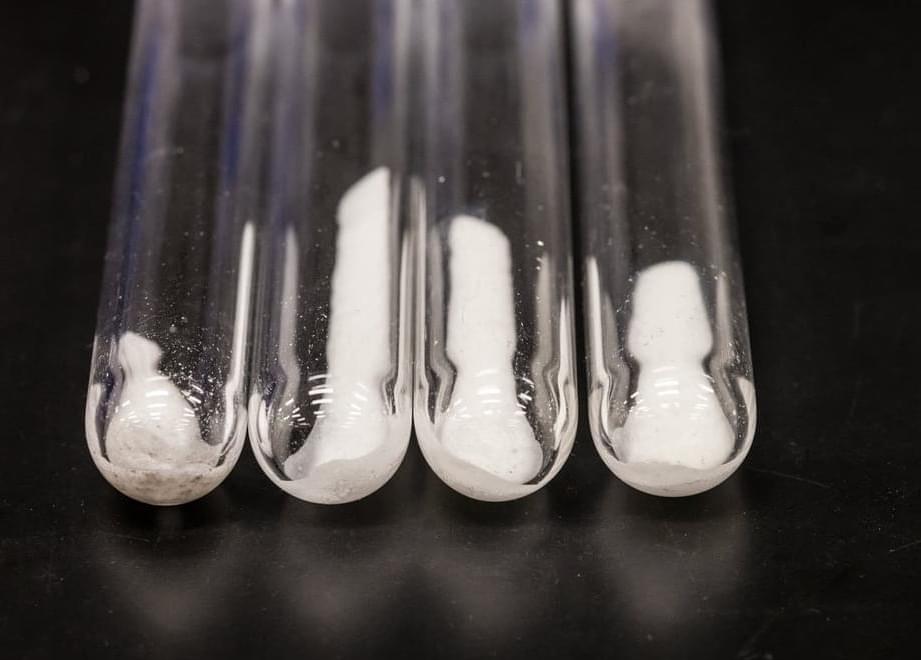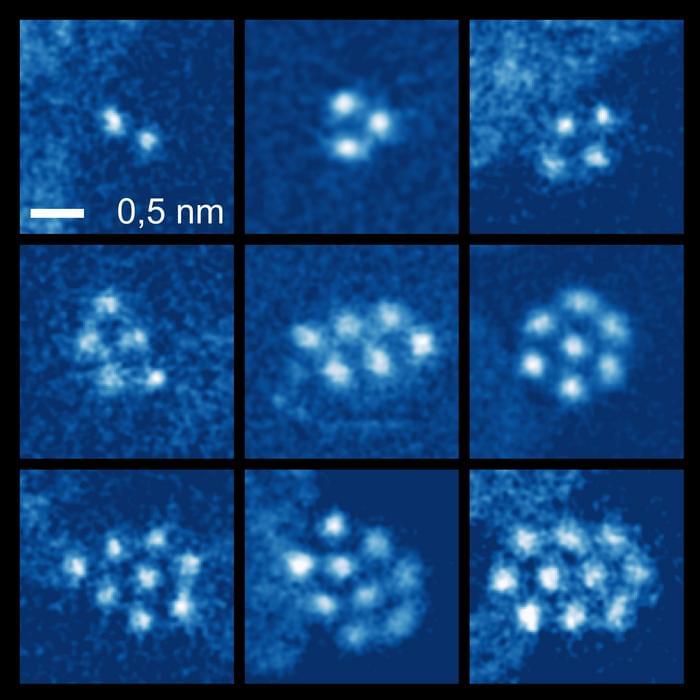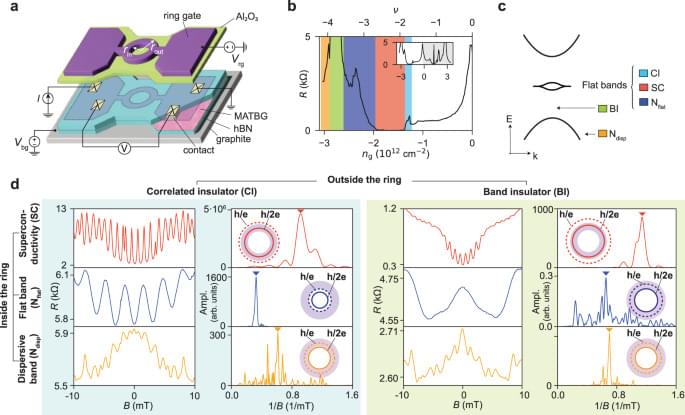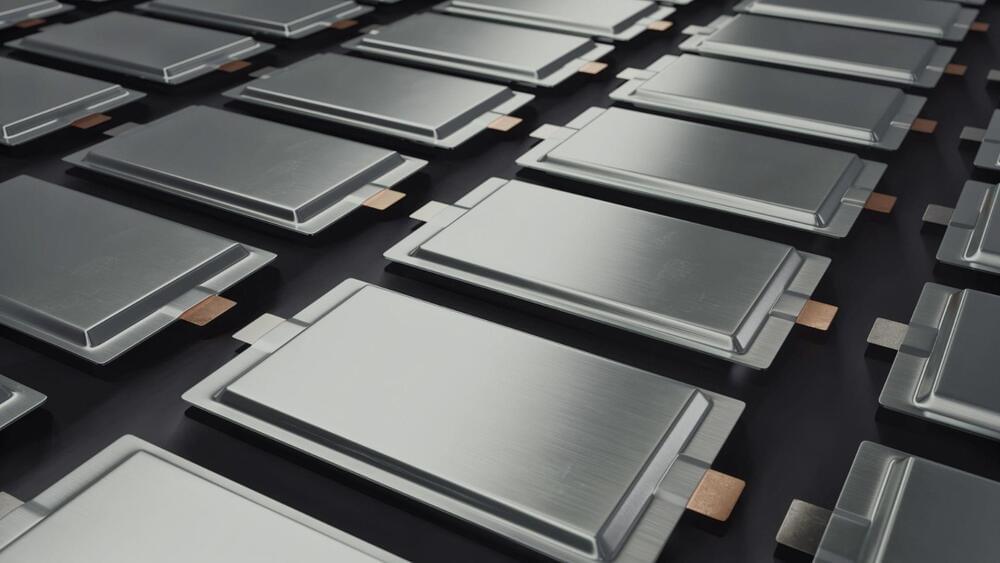Jan 12, 2024
New Neural Implant Unlocks Deep Brain Activity
Posted by Paul Battista in categories: materials, neuroscience
Summary: Researchers create a transparent graphene-based neural implant offering high-resolution brain activity data from the surface. The implant’s dense array of tiny graphene electrodes enables simultaneous recording of electrical and calcium activity in deep brain layers.
This innovation overcomes previous implant limitations and offers insights for neuroscientific studies. The transparent design allows optical imaging alongside electrical recording, revolutionizing neuroscience research.

















